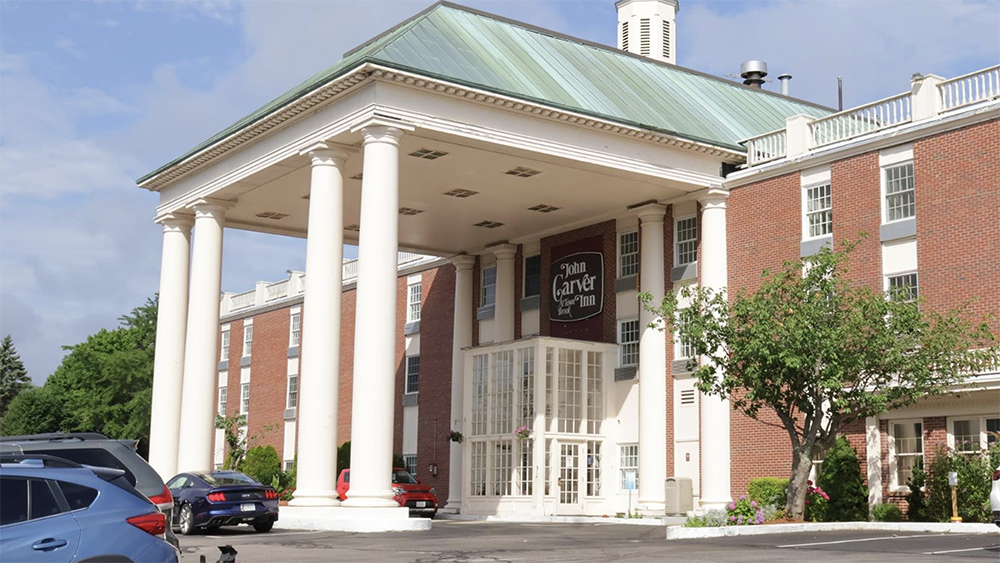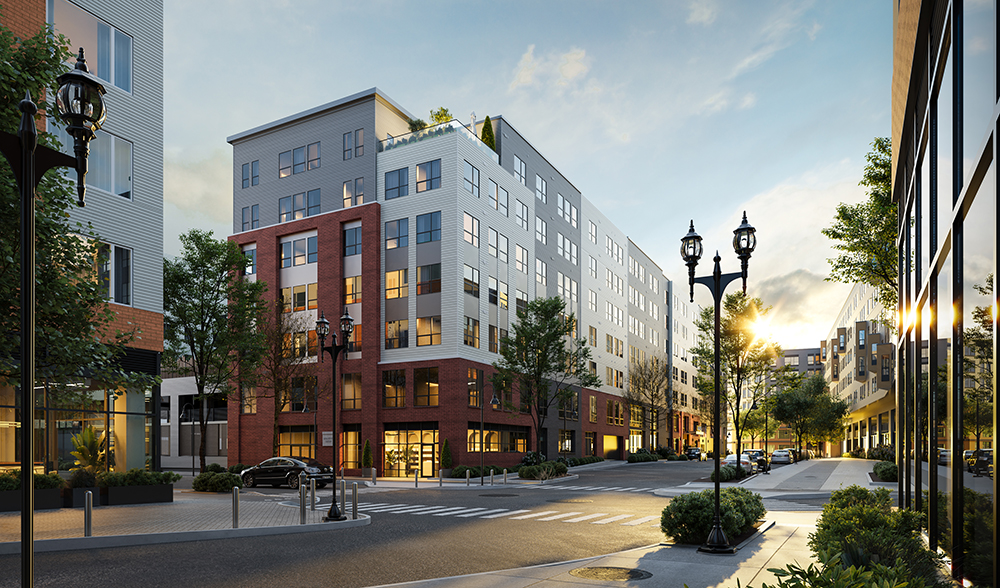New research and guidance for community association leaders on preventing and addressing discrimination complaints
Boston, MA A new report “Creating Harmony in Diverse Communities” published in April 2021 by the Foundation for Community Association Research, examines the extent of discrimination claims in community associations and suggests that communities such as condominiums, homeowners associations, and housing cooperatives with robust communications and active social events calendars have fewer complaints. More than 1,000 community association managers and community association residents were surveyed separately and asked about experiences regarding discrimination claims, how any issues have been resolved, and practices for reducing complaints in community associations.
According to the Foundation’s report, the majority (59%) of community association managers surveyed say there has been no change in the number of discrimination claims, while 53% report one discrimination claim in their community. Less than one-quarter of manager respondents (24%) believe there has been an increase in complaints versus a decrease (4%). Intertwined with discrimination claims are general complaints from residents in response to delinquent assessment collections notices or community covenants compliance requests. The report shows over half of the claims (55%) were prompted by collection notices, violation letters, or social media posts.
Proactive measures to prevent discrimination claims correlates to a decreased number. The research shows that two-thirds of residents (64%) agree that the regular events their association hosts help them get to know their neighbors. While eight in 10 residents agree that knowing their neighbors would contribute to more talking to them versus reporting a dispute.
“Today’s community associations represent a mix of cultural identities, socioeconomic backgrounds, religious beliefs, and more. And while only 1% of more than 300 residents report having an outstanding claim against the community association for discrimination, even one complaint is too many,” said Dawn Bauman, CAE, executive director of the Foundation and CAI’s senior vice president for government and public affairs.
Association Resources
In response, CAI has published the following new resources:
• Diverse and Inclusive Communities Guide. The new guide includes a community association equality pledge, a nondiscrimination policy, harassment education and policies, and more resources and reading on the subject.
• Community Associations and Diversity. The new 2-hour webinar package features recorded video presentations from CAI’s 2021 Community Association Law Seminar. Presentations include “Agents of Change: Overcoming Racism in Community Associations” and “Community Associations and Harassment Complaints.”
In addition to these new resources, CAI has public policies advocating for fair housing and for a simplified process by which community associations can amend their documents to remove discriminatory restrictive covenants.
“The Foundation’s new research identifies critical areas for improvement within community living and highlights the need to create ongoing education, training, and resources on the topic of discrimination,” says Thomas M. Skiba, CAE, CAI’s chief executive officer. “The purpose of community associations everywhere is to bring people together, strengthen neighborly bonds, promote a sense of belonging, and build a place where we can connect. That mission should be on the minds of community association board members, managers, and business partners in the smallest city condominium to the largest master-planned suburban community. As an industry leader, we are making strides to ensure that all communities are free of any type of bias or discrimination.”
For more information about these resources and a copy of the report visit www.caionline.org
Mount Vernon Co. acquires John Carver Inn & Spa in Plymouth, MA


IREM President’s Message: Fostering community connections during the holiday season

Selecting the right façade installation firm - by Steven Powell


.png)





.png)
